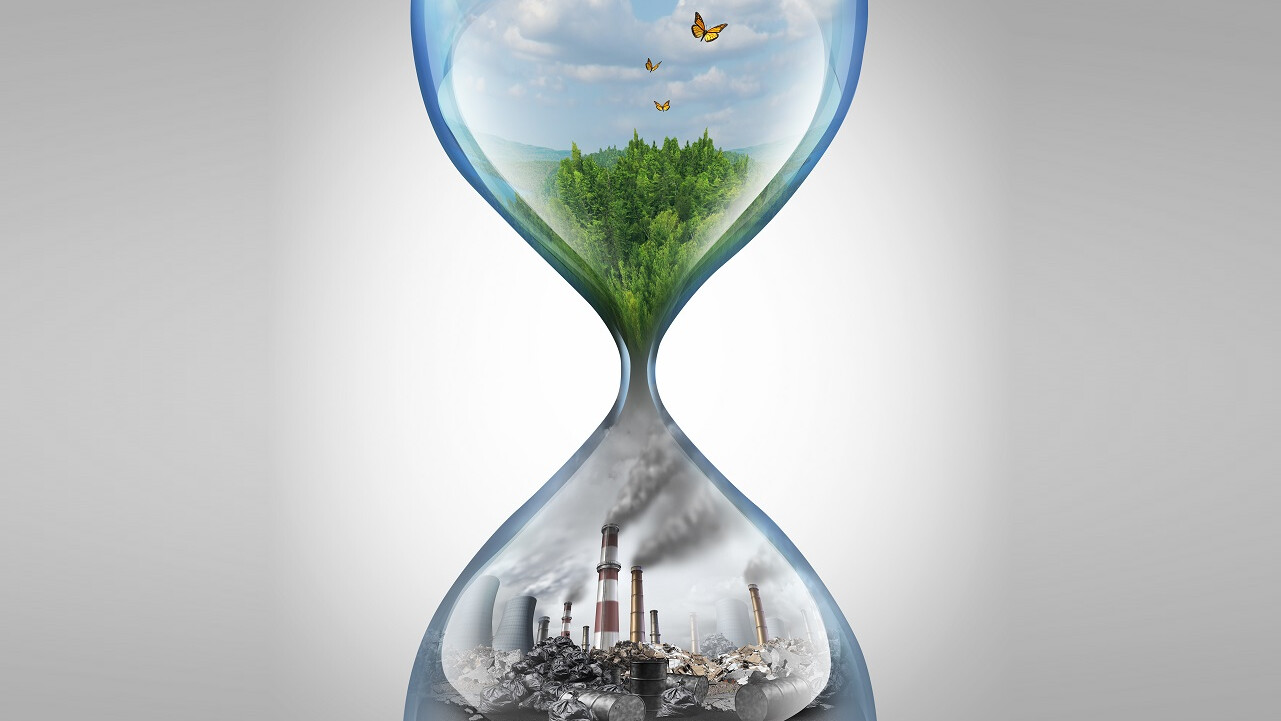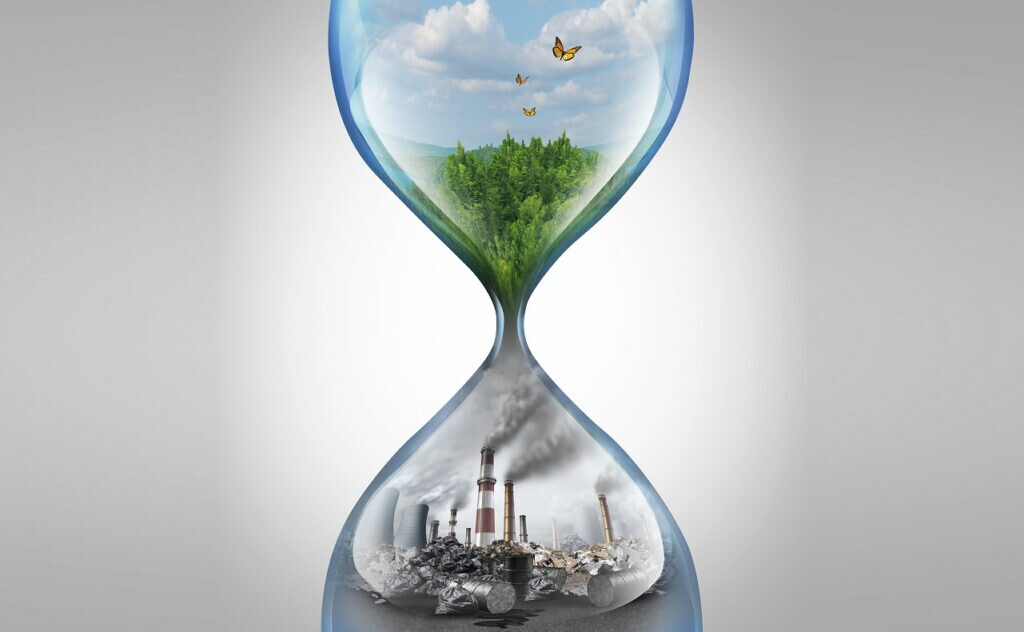Latin American Banks Face Pressure to Fight Climate Change
In many ways Latin America is a climate change leader. Yet its finance industry is lagging behind, with private-sector institutions and central banks reacting slowly to global warming...

Latin America is a highly vulnerable to the impacts of climate change, such as more intense storms, floods, droughts and rising sea levels. That also brings challenges for bond issuers, investors, insurers, lenders and financial regulators, which means these entities must analyse and provide information about how climate change affects them and how their business impacts the environment.
Yet in Latin America, only the Central Bank of Brazil (BCB) has made some progress. It applied its first regulation on risk management and socio-environmental responsibility in 2014. And launched three public consultations this year on requirements for risk management, reporting and policy on social, environmental and climate responsibility, which were completed in June. The standard will take effect on the 1st of January 2021. But no Latin American central bank has reported its exposure to the consequences of the climate crisis.
It is important to continuously manage and mitigate the risks associated with climate issues in banks’ activities and in their business with clients...
Amaury Oliva, Febraban
Amaury Oliva, director of Sustainability, Financial Citizenship, Consumer Relations and Self-Regulation at the private Brazilian Federation of Banks (Febraban), said the sector recognises “its role and responsibility” in expanding the financing of activities that contribute to the reduction of polluting emissions and mitigation and adaptation to climate change. “It is important to continuously improve processes to manage and mitigate the risks associated with climate issues in banks’ activities and in their business with clients, in order to maintain the stability and resilience of the financial sector in this transition process.” Oliva, whose federation represents 119 banks, believes “institutions must work to inform how they are incorporating climate issues into their risk management strategies and processes.”
In 2020, out of Febraban’s portfolio of legal entities and companies, 51% represented a threat to the climate and 44% to the environment, according to the green taxonomy used in institutional credit balances. This was an improvement compared to 2012, when 62% represented climate threats and 50% environmental threats.
In May 2020, the central Bank of Mexico (Banxico) released the results of a survey in which the country’s banks recognised the importance of the issue and the adoption of some measures. But neither Banxico nor the private Association of Banks of Mexico have disclosed their relation to climate risks. In the region, only the central banks of Argentina, Brazil, Chile, Colombia, Mexico and Peru belong to the Basel Committee on Banking Supervision (BCBS) of the Bank for International Settlements, a Geneva-based institution that groups central banks from around the world.
International banks against climate change
The Paris Agreement was signed in the French capital in December 2015 at the conclusion of the 21st Conference of the Parties (COP21) to the United Nations Framework Convention on Climate Change, and its core objective is to keep global temperatures from increasing more than 1.5 degrees Celsius.

Against this backdrop, at least four global voluntary standards initiatives on sustainable finance are underway. The most recent is the Net-Zero Banking Alliance, launched in April, which includes 53 banks from 27 countries whose total assets amount to 37 trillion dollars, almost a quarter of global banking assets.
Meanwhile multilateral entities, such as the International Monetary Fund, the World Bank and the Inter-American Development Bank, that have incorporated climate risks in their assessments of global financial stability and in their credit lines.
From 2022, the Organisation for Economic Co-operation and Development (OECD), which groups the world’s richest economies, will use a tool to monitor climate and transitional financial risks towards a low-carbon economy, as well as their potential impact on financial performance, natural capital and sustainable growth.
With the global financial sector increasingly working against climate change it is time for Latin America’s banks to join the fight. With this year’s COP26 taking place in the UK - a global financial hub – now would be a good time for them to start.
This article was published in partnership with the Inter Press Service News Agency